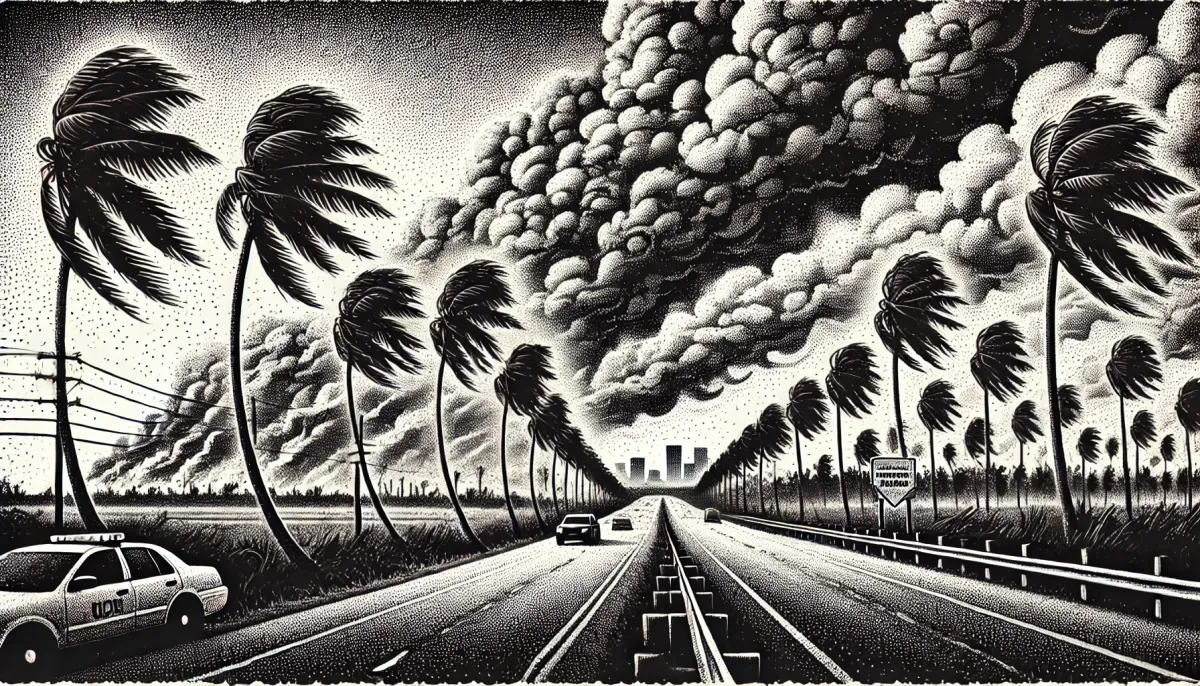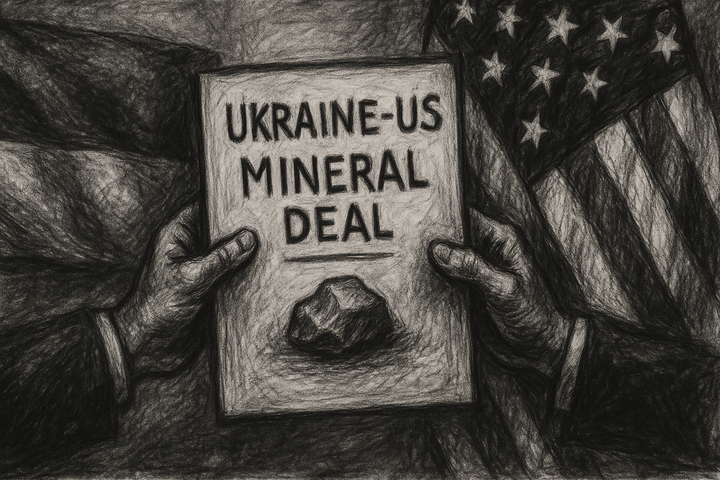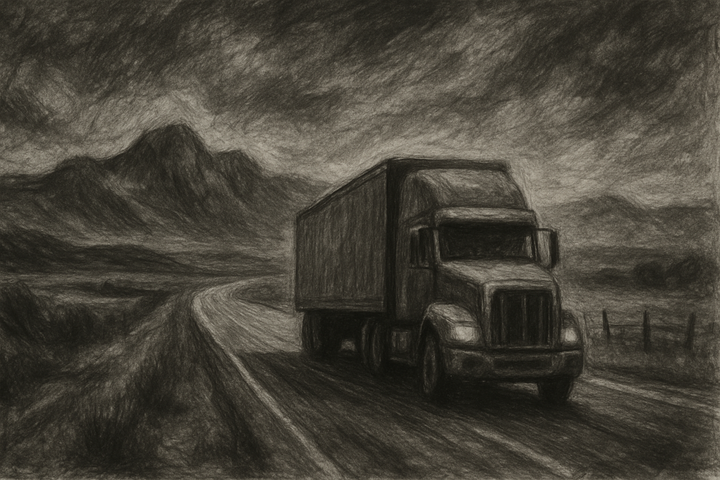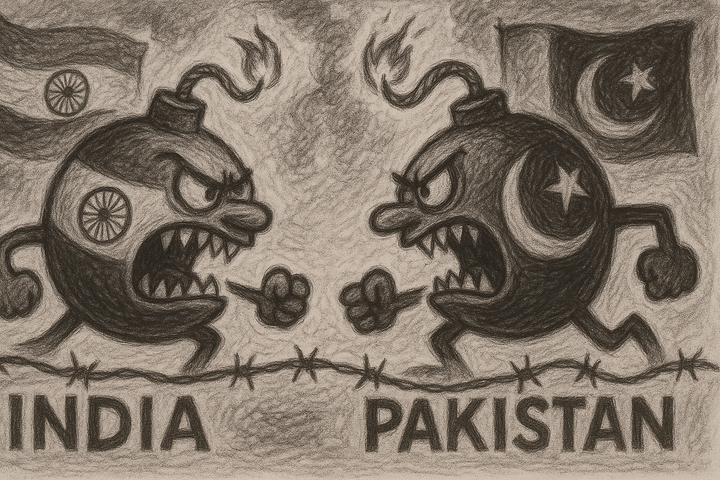The 344 Fire in Miami: A Growing Wildfire in Florida’s Urban-Rural Crossroads

As of March 21, 2025, a significant wildfire—now known as the “344 Fire”—has scorched 24,000 acres of land in southeast Miami-Dade County, shutting down key roads, degrading air quality, and stretching state firefighting resources thin. And yet, the story is just beginning.
Despite taking place near the bustling metropolis of Miami, the blaze is centered in Florida City, a rural gateway to the Florida Keys, highlighting a deeper vulnerability at the intersection of human access and natural volatility.
🔍 What Sparked the Fire?
While no single ignition source has been confirmed—no lightning strikes, no human activity explicitly blamed—the real culprit is environmental:
- Dry climate conditions
- Persistent high winds (10–15 mph)
- The broader dry season typical in Florida from December to May
These factors aligned around March 13, with scattered brush fires quietly igniting. By March 18, it had escalated into a full-fledged wildfire. On March 20, red flag warnings were issued from 11 AM to 8 PM EST, alerting officials and the public to the rapidly worsening fire risk.
📈 Fire Status as of March 21
| Metric | Detail |
|---|---|
| Acres Burned | 24,000+ |
| Containment | 30% as of 5 PM, March 20 |
| Duration | Active since ~March 13, major growth from March 18 |
| Personnel & Equipment | Multiple bulldozers, helicopters (3), fixed-wing aircraft (2), regional crews from North and Central Florida, plus Miami-Dade Fire Rescue and the U.S. Forest Service |
| Forecast | No rain in sight; dry conditions expected to continue |
This fire is part of a broader trend: Florida has seen 45 wildfires this season, burning nearly 4,000 acres statewide, with 16 still active.
🚧 Regional Impact: Roads, Smoke, and Access to the Keys
🚗 Travel Disruptions
- Card Sound Road remains completely closed.
- U.S. 1 (the critical 18-mile stretch) has experienced intermittent closures, choking access to the Florida Keys.
- Travelers face major delays, and authorities warn that further shutdowns are possible depending on wind and smoke conditions.
🌫️ Air Quality Alerts
- On March 20, the Air Quality Index (AQI) for Miami-Dade and the Upper Keys was rated "Moderate"—acceptable for most, but risky for sensitive groups.
- Forecasts show improvement to "Good" by March 21, but continued smoke plumes could shift that outlook quickly.
🏘️ Property and Human Impact
- No injuries or structural damage have been reported.
- The area is largely rural, minimizing the destruction of homes or infrastructure—yet first responders are working around the clock to prevent any escalation.
🌾 Drought + Fire: A Brewing Crisis?
Over 41% of Florida is currently facing moderate to extreme drought, with cities like Miami experiencing below-average rainfall. This environmental stress makes wildfires not just possible—but predictable.
The 344 Fire underscores how even areas not traditionally considered “fire-prone” can rapidly turn into flashpoints when climate patterns, vegetation dryness, and wind converge.
🤝 Interregional Firefighting Collaboration
The fire response has mobilized teams from across the state:
- Regional attack crews from North and Central Florida
- Miami-Dade Fire Rescue
- The U.S. Forest Service
This reflects a growing trend in disaster response—multi-jurisdictional coordination—critical when fires threaten both infrastructure and ecologically sensitive zones like the Everglades and the Keys.
🧠 Final Take: A Warning Sign, Not an Anomaly
The 344 Fire is more than a regional hazard—it’s a case study in how climate, geography, and urban expansion collide. Its rapid escalation and stubborn containment rate reveal key lessons:
- Rural regions adjacent to major cities are uniquely exposed to wildfire risks.
- Florida’s dry season, once manageable, may become a yearly crisis point.
- Infrastructure—especially roadways serving island chains—is deeply vulnerable to natural disruptions.
- And finally, interagency coordination must be the norm, not the exception.
What does this mean for the future of urban-wildland interface regions in Florida and beyond?
Will climate shifts force Miami-Dade to reimagine fire prevention policy?
Are we seeing the beginning of an annual wildfire season in South Florida?
Let’s talk about it 👇
Sources:




Comments ()